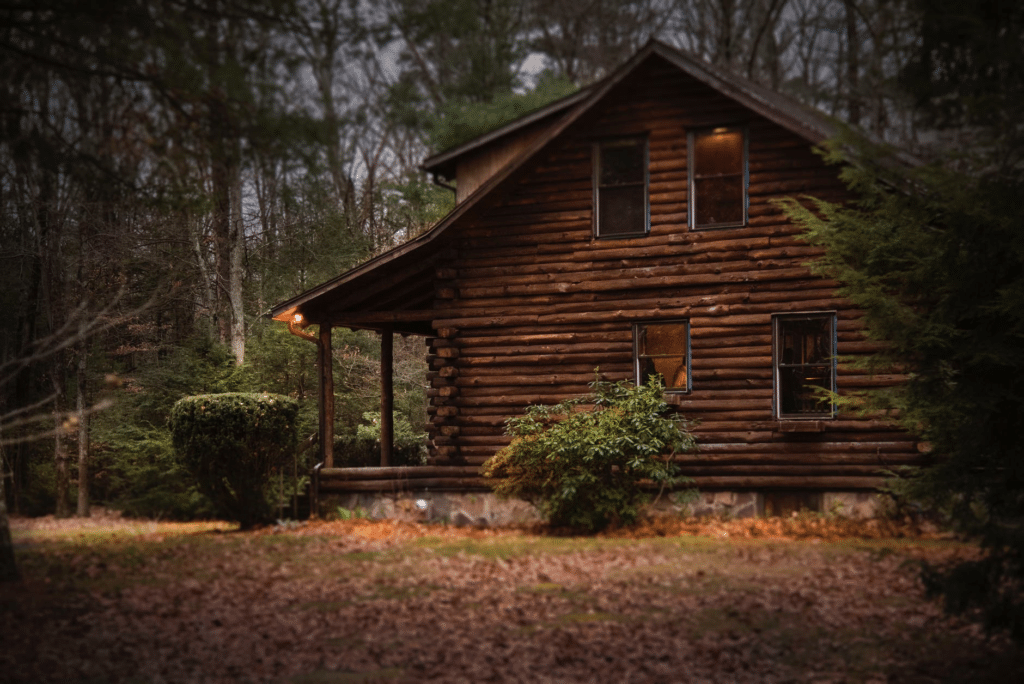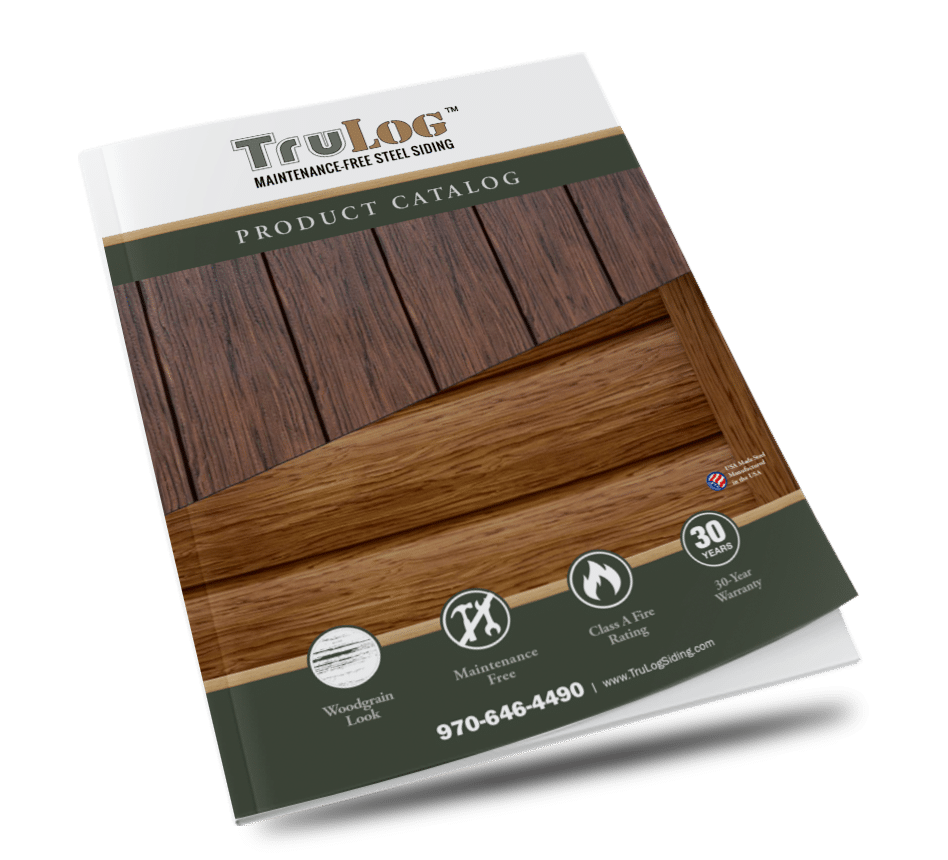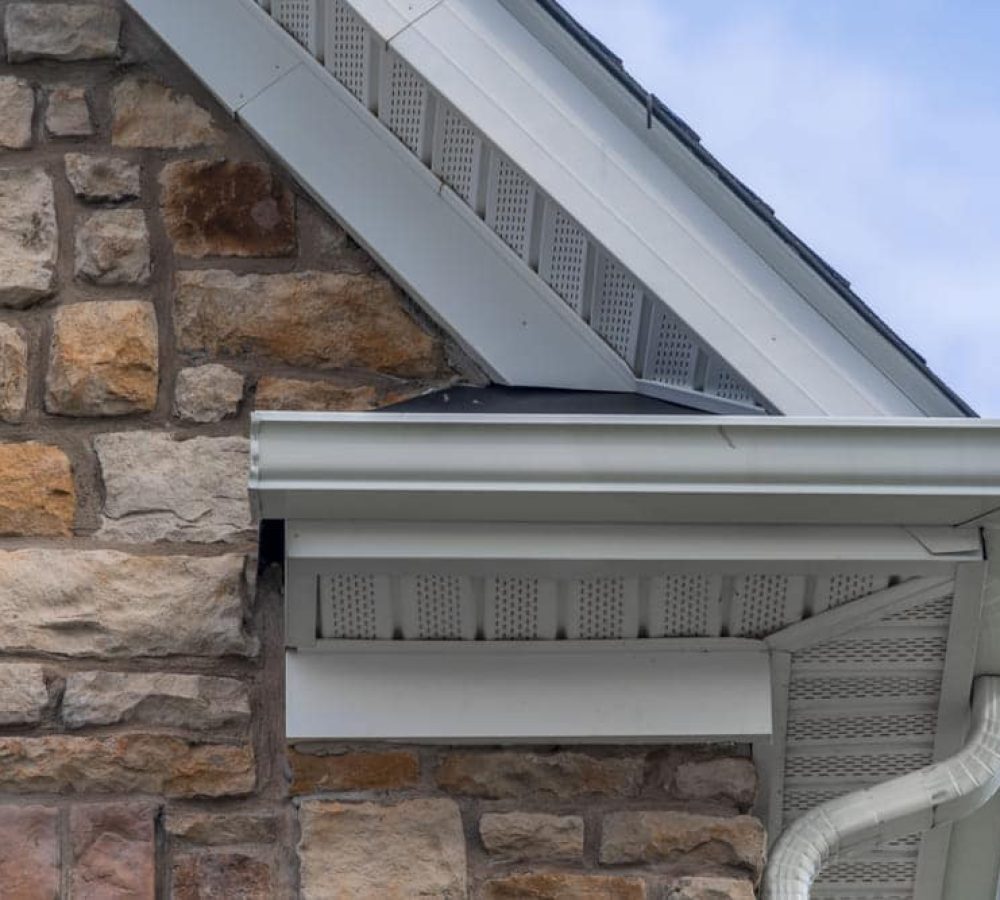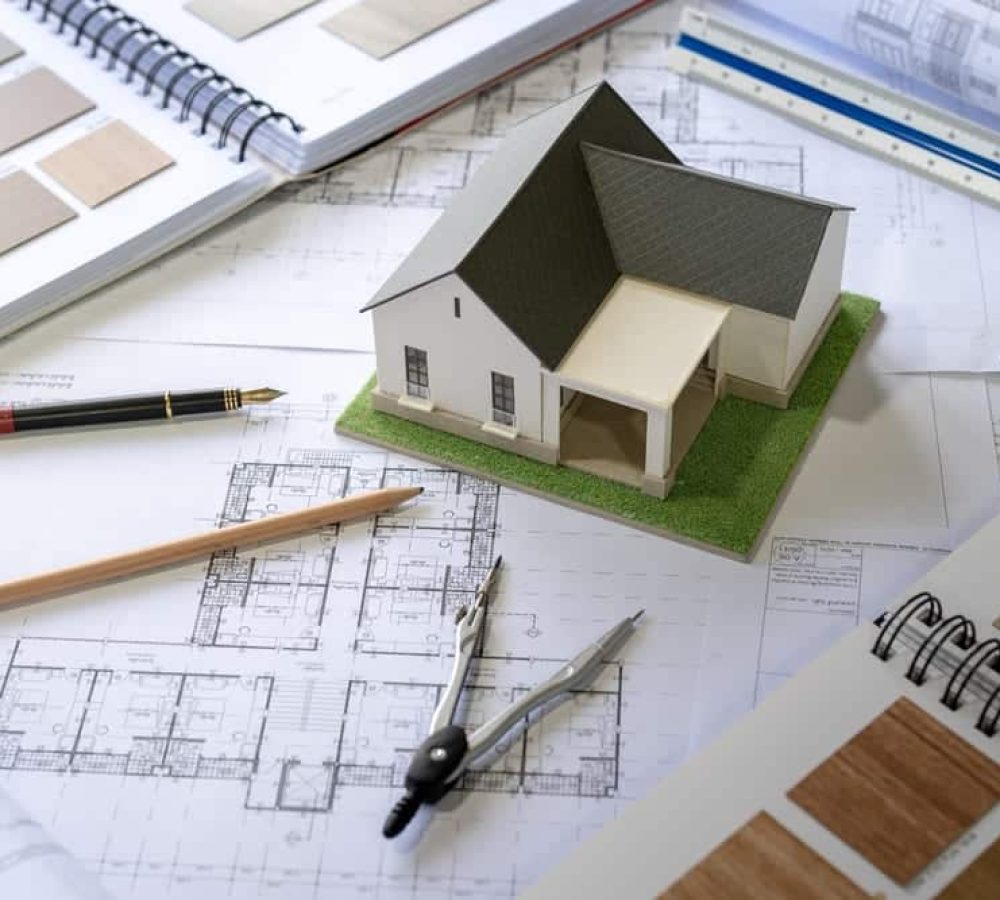Most people building a conventional home don’t think too much about what it will be constructed of. They worry more about the finishing materials and possibly about things like efficiency. But anyone building a cabin knows that choosing the best wood for log cabin construction is a critical decision
Log cabins can be constructed of many different types and species of wood. There are more than 300 different types of wood in the U.S. alone, but not all of them make the best wood for log cabins. Instead, there are roughly 7 that are used on a regular basis for construction, and of those, only three make the cut for most new builds.
There are a lot of considerations to make when building a log cabin, including the color of the wood, how well it resists insects, how much warping or shrinking it may do as it ages, and how well it holds up long-term.
Not all woods are going to perform the same way, and even in a single wood species, you can have a great deal of variation, depending on where the wood was grown and how old it is. Before you start your log cabin build, make sure you understand the types of woods available so you can make the right choice for your home.
What to Look for in a Wood Material
The key to choosing the right wood can often go far beyond the actual species. While it’s a good idea to narrow your search down to the most regularly used woods – cedar, pine, oak, spruce, cypress, redwood, fir, and their variations – it’s also a good idea to consider other important attributes.
The first is the age of the wood. Older trees have more heartwood than sapwood, and heartwood is what will give the logs insect and fungus resistance. Heartwood will also give your logs more durability and stability and will shrink and warp less. Newer trees tend to be mostly sapwood, especially those that have been grown quickly. You want old, slow-growing trees in order to get the best quality wood.
The next consideration is where the tree was grown. Trees that grow at higher altitudes tend to have more heartwood with very tight rings. This makes for very durable and stable logs that will last. Many trees are now being grown on tree farms, and those at lower altitudes may not give you the long-lasting material you’re looking for.
Finally, does the log supplier you’re purchasing from kiln dry their logs? Logs that are kiln dry or dried very slowly so that they don’t crack, split, or warp, tend to be more stable and much longer-lasting than logs that are not kiln dried. The logs that are not kiln dried will dry on their own, but without that step, you risk warping, cracking, and splitting as well as shrinkage. Starting with kiln-dried material may be more expensive, but it will give you longer-lasting results.
7 Top Log Cabin Wood Species

You should also consider the species of wood you will use. Wood species each have different characteristics that may make one better than another for specific purposes. Keep in mind that woods with the same name can differ, such as red or white oak, red, white, or yellow pine, and red or white cedar.
1. Pine
Softwoods like pine are very common for use in log cabins, provided that they’re old enough to have some decay resistance. Yellow pine offers the best decay resistance, while white pine offers the least. Pine has a high shrinkage rate, but is stable once it’s dried. If you use fresh pine, you should expect a lot of shrinkage and settling over the first few years. Depending on the amount of sapwood, you may also see some cracks.
2. Cedar
Cedar is probably the most popular material for log homes. It’s beautiful, aromatic, and naturally insect and fungus-resistant. Cedar is what you will want if your interior walls will also be made of logs. All types of cedar have a low shrinkage rate, so they don’t need to be kiln dried. They will be more expensive than some other woods, however. You still want to make sure that you opt for older cedar whenever possible, as cedar that is mostly sapwood may still split.
3. Cypress
Cypress isn’t used as much as other materials, simply due to its high cost; it’s one of the most expensive woods used for log cabins. It has a low shrinkage rate and a high resistance against insects, fungus, and decay. It tends to have a lot more heartwood, which gives you a longer lasting cabin, but it can be difficult to find.
4. Fir
Fir also has several different types, which can be difficult or easy to find depending on your area. Overall, most types of fir have relatively low shrinkage rates, but have very little resistance to decay, fungus, or insects. You will need to treat fir logs to help mitigate these issues.
5. Spruce
If you live in the New England area, you may find that spruce is the best option. This is a relatively inexpensive wood that grows well in high altitudes. It does have a moderate shrinkage rate and poor decay and fungus resistance. You will need to have this wood kiln dried and treated to get the longest use out of it.
6. Oak
Oak is one of the few hardwoods that is used for log cabins. This wood is typically used for much larger log homes, and it can be expensive. It shrinks a lot during the drying period, so it should be kiln dried to ensure that you don’t experience warping. White oak has a high resistance to decay, while red oak has a low resistance and should be treated.
7. Redwood
Redwood is a popular material on the west coast. It resists decay, fungus, and insects, and has very little shrinking. However it can be expensive, especially for the darker colored heartwood, and in some areas it can be hard to get.
An Alternative to Wood for Log Cabins

Even the most durable and resistant wood species, if grown too quickly or in the wrong area, can end up weak, prone to splitting and decay. Opting for kiln-dried wood or old growth wood can end up being prohibitively expensive for some people as well.
There is an alternative, however, that solves all of these issues.
Steel log-look siding from TruLog can give a timber-framed home the look of a log cabin, but without the shrinkage, decay, fungus or insect issues that true log cabins are subject to. Steel log-look siding is stable and fully insulated. It won’t shrink and warp, exposing cracks that can lower your home’s efficiency.
It doesn’t require any pressure washing, staining, or other upkeep that can be common with log cabins. So you can get the look that you want for your home, without any of the inherent issues or having to hunt down a lumber supplier that can give you the exact form of wood that you’re looking for.
Choose the Best Material for Your Home
Rather than asking what the best wood for log cabin design is, ask yourself instead, what is the best material for your home? Steel log-look siding from TruLog can give you the appearance you want, without the maintenance, upkeep, or worry. Consider steel siding for your cabin to get the best of both worlds.






